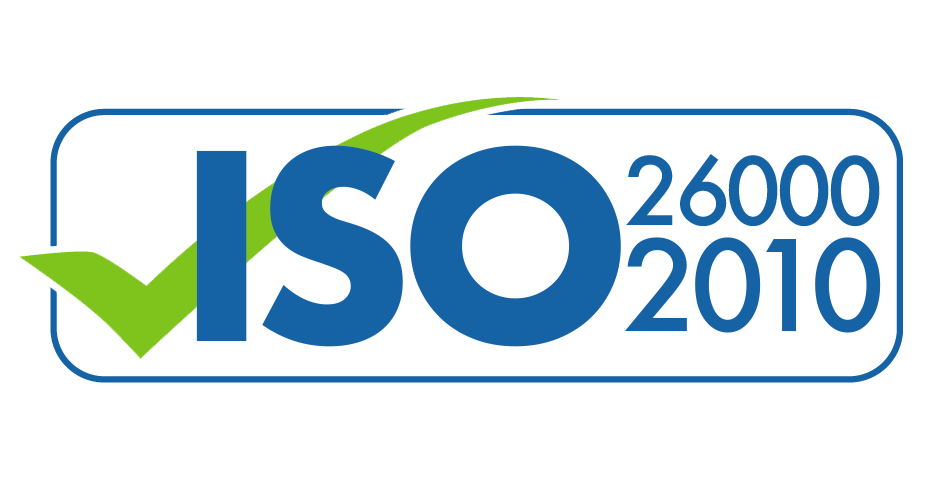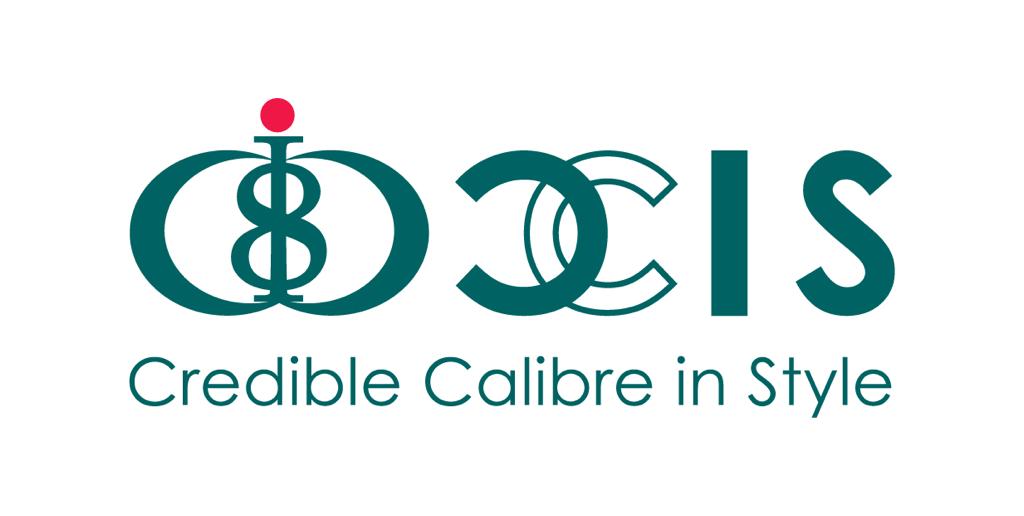ISO 14067 Greenhouse Gases — Carbon Footprint of Products
Number of companies who have benefited from our services for ISO & bizsafe
ISO 14067 focuses on quantifying and communicating the carbon footprint of products, enabling organizations to make informed decisions to reduce their environmental impact. It provides guidance for determining the carbon footprint of a product throughout its life cycle, including raw material extraction, manufacturing, use, and disposal. It aims to help organizations assess and communicate the environmental impact of their products related to GHG emissions.
Benefits of ISO 14067

1. Environmental impact assessment
ISO 14067 provides a systematic approach to assessing and quantifying the carbon footprint of products throughout their life cycle. By implementing this standard, organizations can measure the greenhouse gas emissions associated with their products, including raw material extraction, manufacturing, transportation, use, and end-of-life disposal. This assessment helps identify hotspots and areas for emissions reduction, enabling organizations to make informed decisions to minimize their environmental impact
2. Product differentiation and market advantage
ISO 14067 certification enables organizations to communicate the environmental performance of their products accurately and transparently. It allows them to showcase their commitment to sustainability and carbon footprint reduction. This can give organizations a competitive edge by appealing to environmentally conscious customers who prioritize products with lower carbon footprints. It can also open doors to new markets and opportunities where environmental criteria are important in purchasing decisions
3. Operational efficiency and cost savings
Analyzing the carbon footprint of products often reveals inefficiencies and areas for improvement within the organization’s operations. By identifying emission hotspots and implementing measures to reduce carbon emissions, organizations can improve operational efficiency and reduce resource consumption. This can lead to cost savings through energy efficiency improvements, waste reduction, and optimized production processes
4. Regulatory compliance and stakeholder expectations
ISO 14067 helps organizations stay compliant with relevant environmental regulations and meet stakeholder expectations. Increasingly, governments and regulatory bodies are implementing carbon-related regulations and requirements. By implementing ISO 14067, organizations can ensure compliance with these regulations, avoid penalties, and demonstrate responsible environmental stewardship to stakeholders, including customers, investors, and communities
5. Supply chain management and collaboration
ISO 14067 encourages organizations to consider the entire life cycle of their products, including the environmental impacts of their supply chains. Implementing this standard fosters collaboration and engagement with suppliers to gather data on emissions associated with raw materials and components. This collaboration can lead to improved supply chain management, increased transparency, and the identification of opportunities for emissions reductions throughout the value chain
6. Corporate social responsibility and reputation
Implementing ISO 14067 demonstrates an organization’s commitment to measuring, managing, and reducing the carbon footprint of its products. This commitment enhances the organization’s reputation as a socially responsible and environmentally conscious entity. It can build trust among stakeholders, enhance brand image, and contribute to positive relationships with customers, investors, and communities

